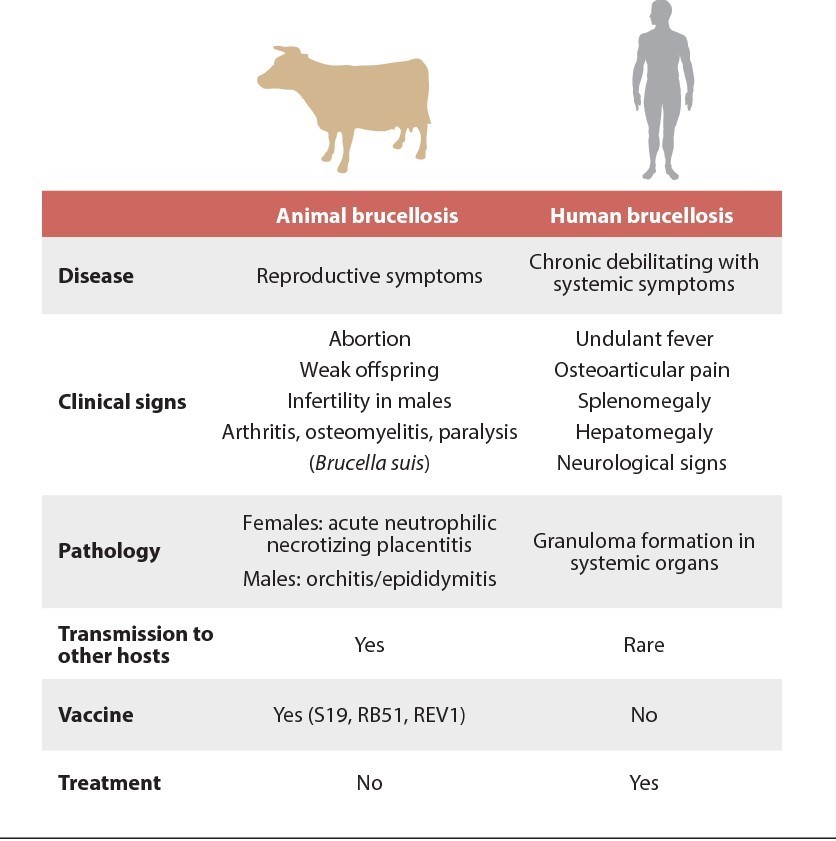Brucellosis: Zoonotic Threat, Prevention for Human Health
Why in the news?
Brucellosis, a zoonotic bacterial disease affecting livestock and humans, has raised concerns. Preventive measures like livestock vaccination and pasteurization of dairy products are crucial for controlling its spread and safeguarding public health.
Overview of Brucellosis:
- Brucellosis is a zoonotic bacterial infection caused by various species of Brucella.
- It primarily affects livestock such as cattle, goats, sheep, swine, and dogs.
- Humans contract it through direct contact with infected animals, consumption of contaminated dairy products, or inhalation of airborne bacteria.
- According to the World Health Organization (WHO), human-to-human transmission is extremely rare.
Transmission and Symptoms of Brucellosis:
- The most common route of human infection is through unpasteurized milk or dairy products from infected goats or sheep.
- Symptoms include fever, weakness, weight loss, and general discomfort.
- The incubation period ranges from one week to two months, typically manifesting within two to four weeks.
- In some cases, symptoms may be mild, making diagnosis difficult.
Prevention and Treatment
- Brucellosis poses a higher risk to individuals working with animals, such as farmers, veterinarians, butchers, and laboratory workers.
- Treatment involves antibiotics, but prevention is essential.
- Key preventive measures include:
- Vaccinating livestock like cattle, goats, and sheep.
- Pasteurizing milk and dairy products to protect human health.
- These measures are critical for reducing the transmission of this zoonotic disease.




